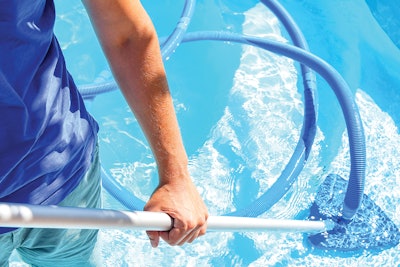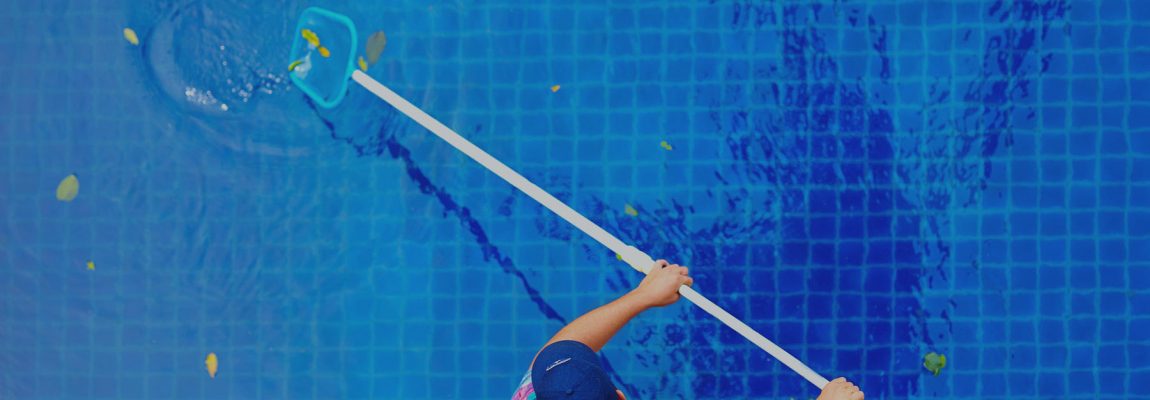Research Update: CYA Removal Method Confirmed

With this being the June issue, I figured it was a good time to update you on my research. First, a little background.
Some of you will recall that in 2018, in the absence of any solid documentation on swimming pool black algae available to any of us, I decided to research the problem on my own in one of those “hold my beer” moments. How hard could it be, right?
I started collecting field specimens of black algae from a public swimming pool in Gainsville, which I discovered were made up of not one, but several genera of cyanobacteria (blue/green algae) in an intertwined colony. Further, as I took samples from other pools in the area, I realized that the constituents of swimming pool “black algae” can differ significantly within a distance as small as 100 miles.
As often happens in research, you find yourself searching for one thing, and in the process, you discover something else entirely, something surprising. In the process of looking for something to kill black algae, I stumbled on a means of lowering cyanuric acid (CYA). If perfected, this would save a lot of water, as pools would not need to drain and refill to lower CYA levels, which wastes a lot of water everywhere, but is a particular problem in areas of drought.
This announcement sparked two things to occur. First, I found tremendous support from pool service professionals from coast to coast in conducting field trials of my alum-CYA removal method. Second, I encountered a considerable backlash from some manufacturers and a few within the pool and spa industry’s scientific community.
The reality I found is that to most organizations, the swimming pool industry is just small potatoes. I was informed that something benefiting pools alone was not worth the effort it would take. Those that did show an interest lacked the equipment necessary to identify the metal complexation (aluminum-cyanurate) I was theorizing to occur.
Despite the lack of interest from academia and industry, over the next few seasons, pool service professionals voluntarily investigating the method reported encouraging results in their alum-CYA removal trials.

